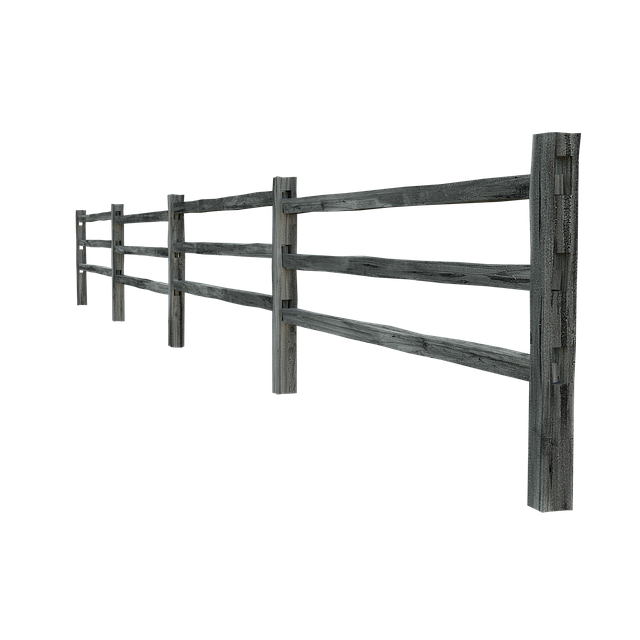Introduction
Coastal areas present unique challenges when it comes to fencing due to constant exposure to salt air, moisture, and extreme weather conditions. This article delves into the world of durable wooden fencing, exploring how certain wood species can withstand these harsh environments. We’ll discuss the benefits of choosing the right material, including enhanced aesthetics and longevity, while also providing installation and maintenance tips for a robust coastal fence. Understanding these factors is key to securing a strong and enduring barrier that protects your property.
- Understanding Coastal Fencing Challenges
- Benefits of Durable Wooden Fencing
- Choosing the Right Wood Species for Coastlines
- Installation and Maintenance Tips
Understanding Coastal Fencing Challenges
Coastal areas present unique challenges when it comes to fencing due to their harsh environmental conditions. Saltwater, strong winds, and constant exposure to varying weather patterns can significantly impact the longevity of traditional fencing materials. The primary concern is corrosion and deterioration, as metal fences often fail to withstand these elements, leading to frequent replacements and maintenance costs.
Wooden fencing, especially durable varieties like treated timber or certain exotic hardwoods, offers a more sustainable solution. These natural materials can resist rot and insect infestations, which are common issues in coastal regions with high moisture levels. Understanding the specific requirements of coastal environments allows for the selection of suitable wooden fencing options that will not only endure but also enhance the aesthetic appeal of these unique landscapes.
Benefits of Durable Wooden Fencing
Durable wooden fencing offers an appealing and natural aesthetic for coastal areas, seamlessly blending with the surrounding environment. One of its key advantages is longevity; properly treated wood can withstand harsh weather conditions, including salty sea air and strong winds, ensuring it remains robust and structurally sound for years. This durability not only reduces replacement costs but also minimizes maintenance efforts, making it an economical choice for property owners.
Additionally, wooden fencing provides privacy and security while enhancing the curb appeal of coastal homes. Its customizable designs allow homeowners to create unique, personalized barriers that cater to individual preferences. Moreover, wood is a renewable resource, making durable wooden fencing an eco-friendly option that contributes to sustainable living in coastal communities.
Choosing the Right Wood Species for Coastlines
When selecting wood for coastal fencing, understanding the unique challenges of the environment is key. The harsh saltwater, strong winds, and exposure to sunlight can accelerate wood decay. Therefore, choosing a durable wood species is essential for long-lasting fences. Some woods, like redwood and cedar, have natural resistance to rot and insects, making them ideal choices for coastal areas. These species are treated with preservatives that enhance their durability, ensuring they can withstand the relentless coastal conditions.
Additionally, considering local climate patterns and nearby plant life can further guide your selection. For instance, woods that naturally occur in similar environments may have already developed resilience to the specific conditions, providing a suitable solution without introducing non-native species.
Installation and Maintenance Tips
When installing durable wooden fencing in coastal areas, it’s crucial to ensure proper drainage to prevent water damage. Digging shallow trenches and fitting the posts with gravel bases can help manage moisture accumulation around the fence. Regular cleaning is also essential; removing salt deposits and algae buildup will preserve the wood and maintain its aesthetic appeal.
Maintenance shouldn’t be overlooked, especially in harsh coastal environments. Using a pressure washer to clean the fence annually and applying fresh coats of protective sealant every two years will safeguard against rot, warping, and insect damage. Regular inspection is key; fixing any broken sections promptly prevents water from seeping through gaps, which could compromise structural integrity over time.
